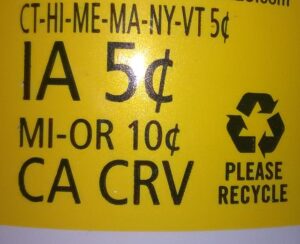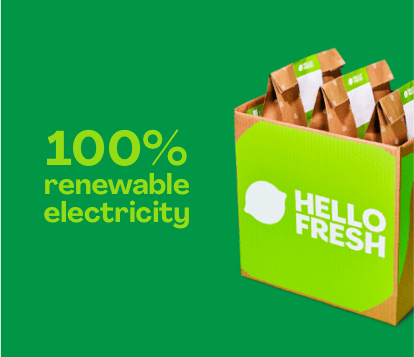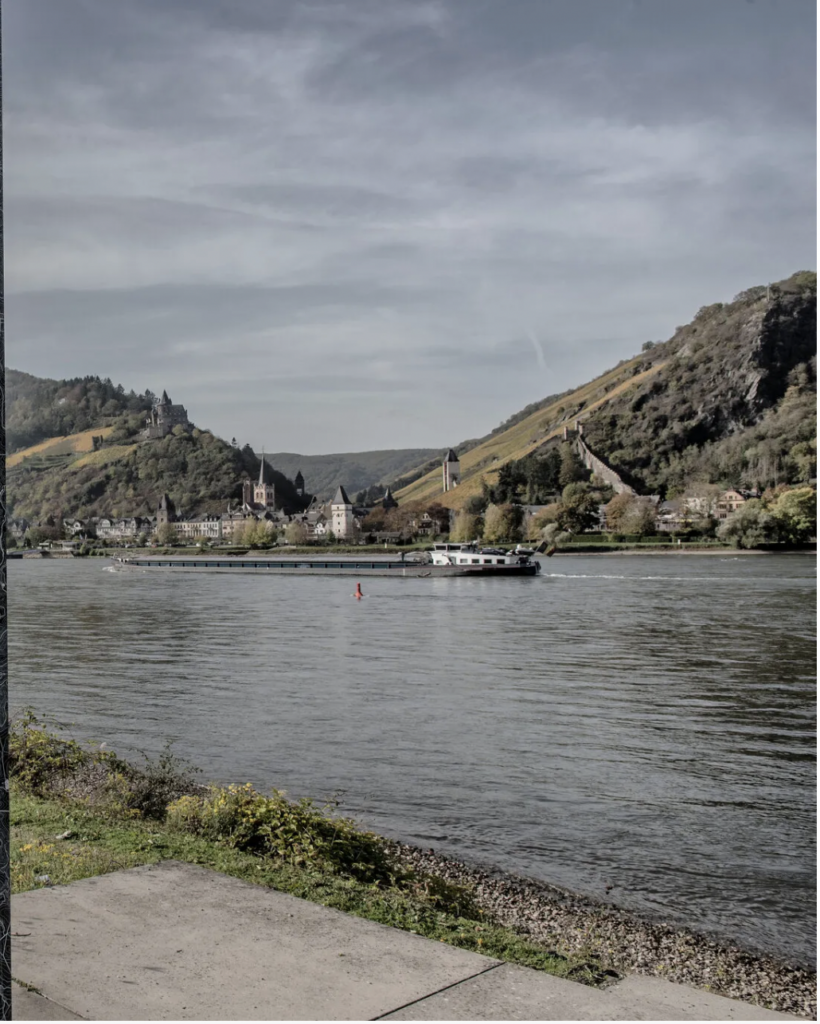One of the major reasons that Germany has been able to enact as much sustainable change nationwide as it has is the work of the Green Party in the German Parliament. Officially established in West Germany in the 1980s and in East Germany in 1990 and finally merged in 1993, it gained enough support by 1998 to form a coalition government with the Social Democratic Party, holding federal power until 2005. With the election of 2021, the Green Party of Germany is once again part of the coalition government currently leading Germany.
Its political power has allowed some of its agenda to come to fruition, most notably, the closing of all nuclear power plants in Germany. While nuclear energy is a big part of sustainable energy in many countries, as it does not produce fossil fuels, the issue of nuclear waste is a concerning problem in a country as relatively small and densely populated as Germany. The Green Party first gained popularity from its stance on nuclear energy following the fallout from the Chernobyl accident in Ukraine, and its continued campaign to ensure nuclear energy would not be a part of Germany’s energy transition was successful with Germany’s last nuclear power plant closing in April of 2023.
As a voting block, the Green Party has caused some of Germany’s sustainable policy choices, but perhaps even more significant has been their effect on the climate conversation as a whole. As they gained support relatively quickly, it became clear that the German public was concerned with the environmental issues they championed. In order to keep their voting base happy, other parties began to shift their agendas to allocate more resources towards sustainable policy, making the “Energiewende” (energy transition) a central topic in German government almost regardless of which party came to power.
The idea of a Green Party is not unique to Germany, and the United States does have its own version, but the structure of the U.S. government has not allowed it the same impact. Additionally, environmental policy has unfortunately become an extremely polarizing partisan issue in the United States. Although environmental concerns are prevalent, there is currently not much of a path for citizens to impose their will on the government, as there are really only two viable parties, so even if neither will advocate for the degree of change desired, neither will suffer any consequences. Without significant change to government procedure in the United States, a similar effect could not be achieved. The structure of the German government is situated to give citizens’ votes much more impact, allowing the Green Party to gain some power and its ideas to spread across the government, overall helping to create the German that is known as a leader in sustainable energy today.
References:
Conradt, D. P. (2023, April 23). Green Party of Germany. Encyclopædia Britannica. https://www.britannica.com/topic/Green-Party-of-Germany
Goossen, B. (2019, February 22). What the US can learn from Germany’s stunning environmental movement. Waging Nonviolence. https://wagingnonviolence.org/2013/11/us-can-learn-germanys-stunning-environmental-movement/
Uekotter, F. (2021, April 23). How the Greens went mainstream. Foreign Policy. https://foreignpolicy.com/2021/04/23/how-the-greens-went-mainstream/







